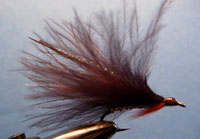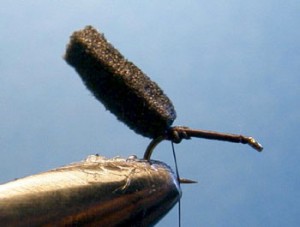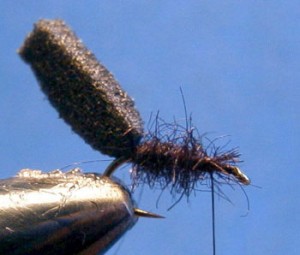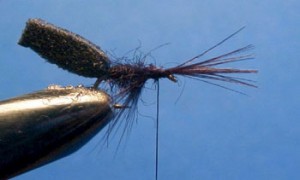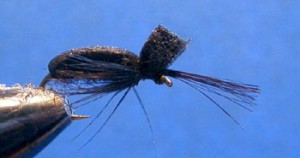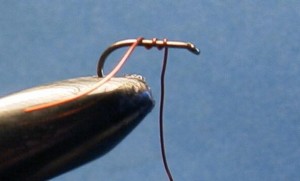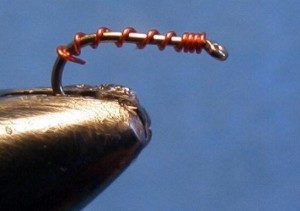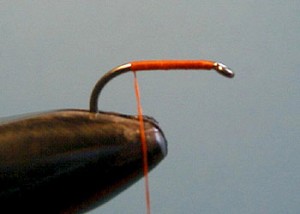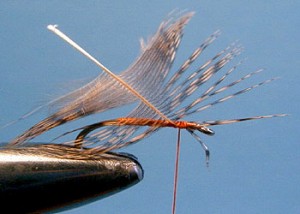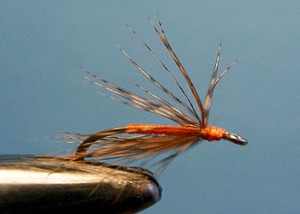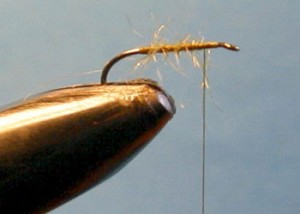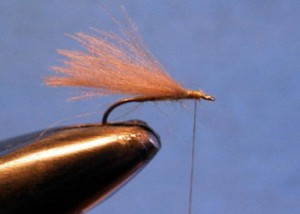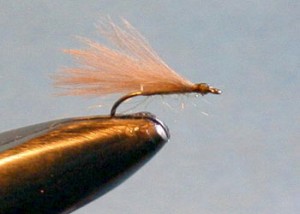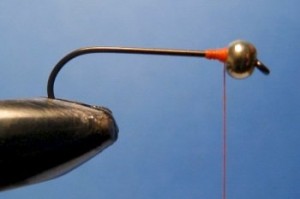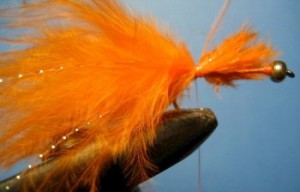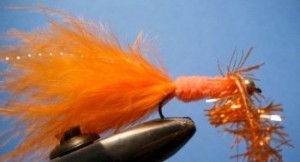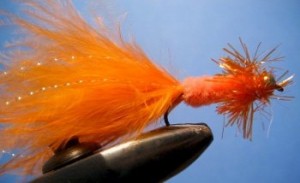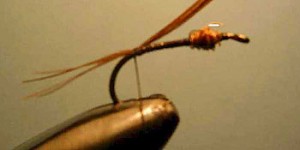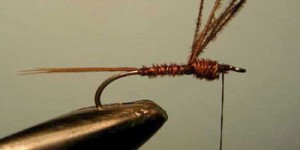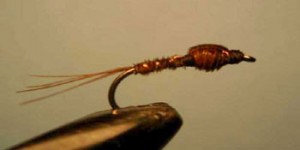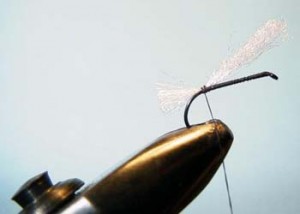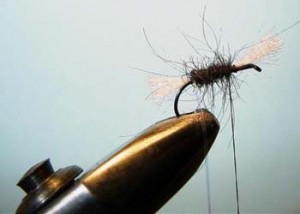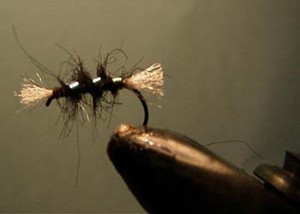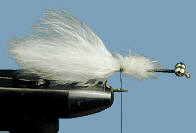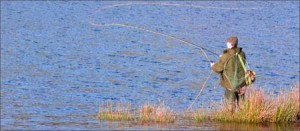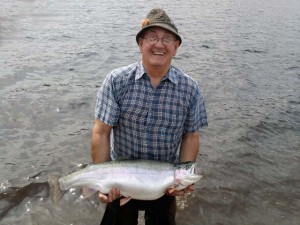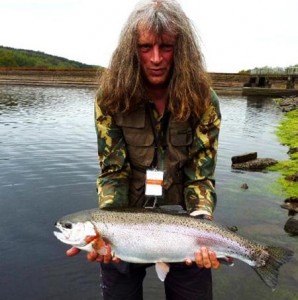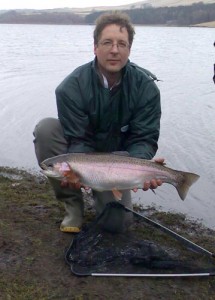When out fly fishing we all stand on the line or let it drop into the mud. Gradually a layer of dirt builds up on the line and dramatically reduces its efficiency. the line becomes much harder to cast and possibly even starts to sink.
The answer is very simple. After every 6 or so outings treat the line to a special cleaner and conditioner. Simply pour some on a soft cloth and rub onto the line. You will be horrified at how filthy the cloth will become. Repeat and then buff the line. Try casting and it will be as if the line is turbo charged.
Get into the habit of cleaning your lines often. It helps prolong their life, keeps them supple and vastly improves casting distances. If you don’t believe us then try it. We know you will be amazed at the results.












